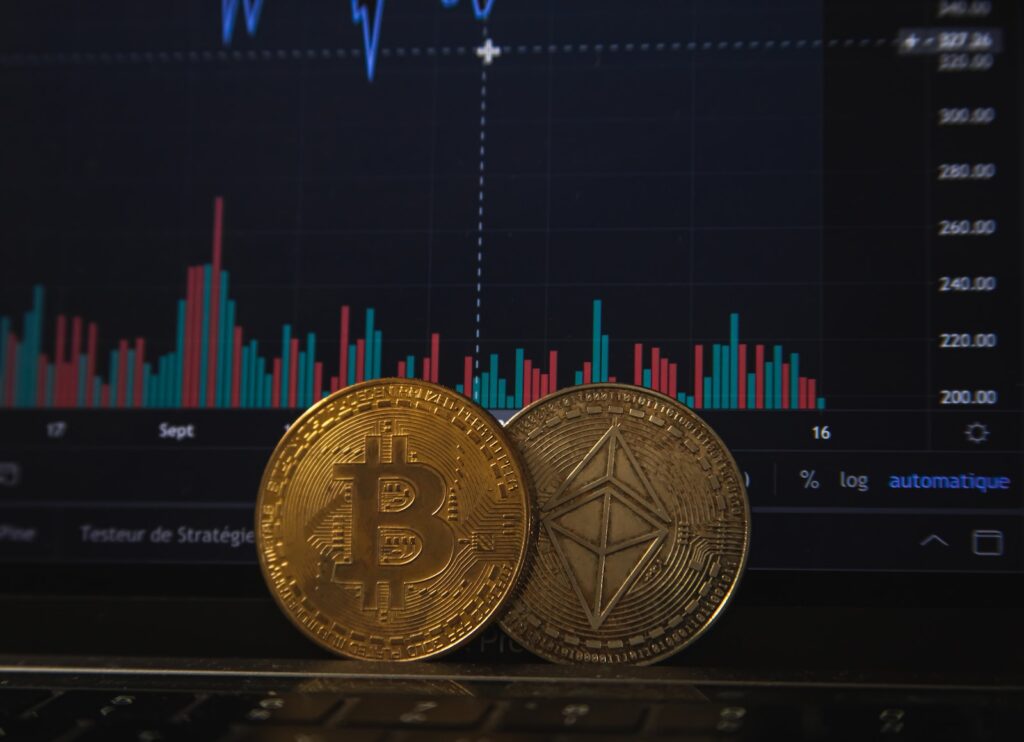
The metaverse is a virtual world that is being built on top of the internet, where people can interact with each other in immersive and engaging ways. In the metaverse, people will own digital assets such as virtual real estate, clothing, avatars, and other items that represent their identity and status.
However, in traditional centralized platforms, ownership and control of these assets are held by the platform rather than the users. This can lead to issues such as censorship, fraud, and the inability to transfer assets between different platforms.
Blockchain role
Blockchain technology can secure ownership by providing a decentralized, tamper-proof, and transparent record of transactions. When an asset is recorded on a blockchain, it is stored on a distributed ledger that is maintained by a network of nodes. Each node on the network maintains a copy of the ledger, which is constantly updated and verified through a consensus mechanism.
This distributed ledger allows for the creation of digital tokens or assets that can represent ownership of real-world assets, such as real estate or artwork, or purely digital assets, such as virtual items in a game or cryptocurrency. When an asset is created, it is assigned a unique digital identity or token that is recorded on the blockchain.
Once an asset is recorded on the blockchain, ownership of that asset is secured through a public-private key cryptography system. The owner of the asset is assigned a private key, which is kept secret, and a public key, which is shared publicly. When a transaction is made, the owner uses their private key to digitally sign the transaction, which is then recorded on the blockchain. This creates a permanent, tamper-proof record of the transaction that can be publicly verified using the owner’s public key.
Additionally, blockchain technology can provide interoperability between different metaverse platforms. By using common standards and protocols, blockchain can allow digital assets to be transferred between different platforms, creating a more open and connected metaverse.
NFTs, or non-fungible tokens, are a type of digital asset that is recorded on a blockchain and is uniquely identifiable and non-interchangeable. They came about as a way to represent ownership and provenance of digital assets, such as artwork, music, videos, and other forms of digital content.
Prior to the introduction of NFTs, it was difficult to establish ownership and provenance of digital assets in a way that was secure and verifiable. NFTs solved this problem by creating a unique and traceable record of ownership on a blockchain. Each NFT is assigned a unique identifier that is recorded on the blockchain, which makes it easy to verify ownership and track the history of the asset, all without a centralized server or an organization.
In conclusion, blockchain’s transparent and secure nature can help to ensure that transactions in the metaverse are trustworthy and reliable. This can help to build trust between users and prevent fraud or other malicious activities.
Overall, blockchain’s role in the metaverse is crucial for creating a more decentralized, interoperable, and trustworthy virtual world.



















































